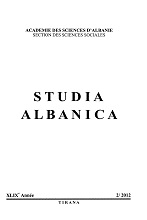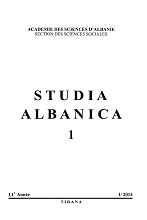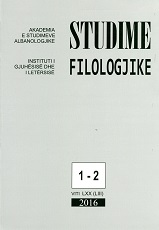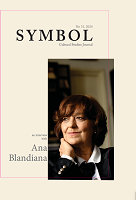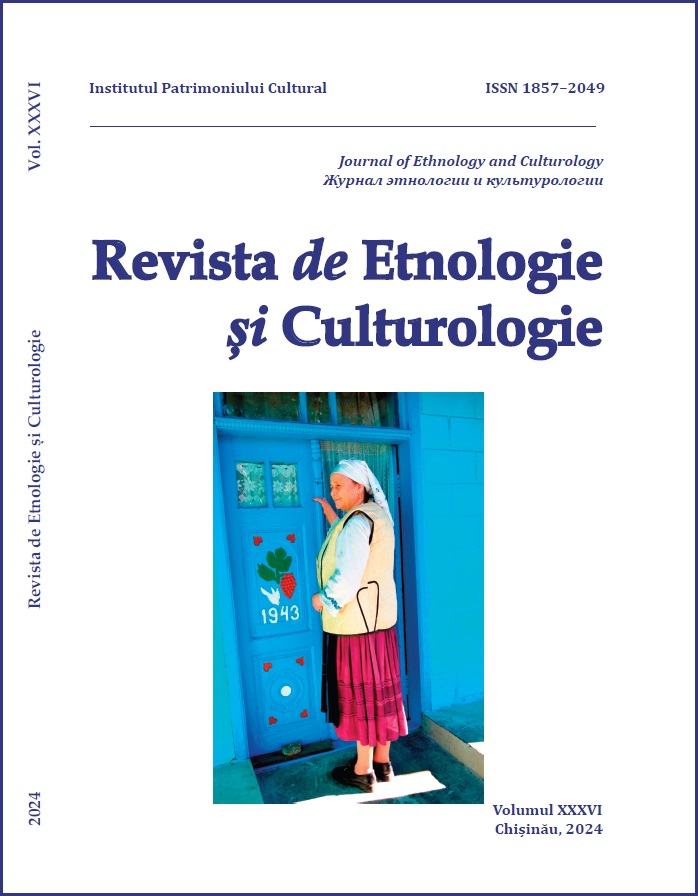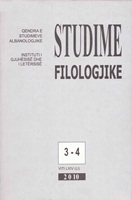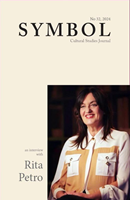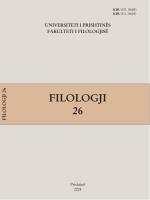Author(s): Tomorr Plangarica / Language(s): Albanian
Issue: 02/2024
In this article, inspired by the re-reading and re-evaluation of Jakov Xoxa's long prose long after its initial reception by readers, it is argued that true literary works have longevity beyond the life of their creator. This is not only due to their values but also because they are reconstructed and reinterpreted in the reading process. Thus, generations of readers remain continuous factors in their vitality and longevity. This approach raises several issues, as during the life of the work and the changing generations of readers, much also changes about the work itself: paradoxically, it also changes as an object of reading and examination. However, this process is realized through the growth of the reader's reading competence, which is perfected thanks to scientific contributions in literary studies and beyond. The article aims to provide data and interpretations for the new space of examining literary discourse shaped in the fields of discourse (especially in discourse analysis), which have developed methodologies, theories, and concepts that help in examining literary discourse and literary works of various genres and types. Concepts such as constituent discourse (original/archetypal), scene of saying and scenography, paratopia, creative entity (composed of biographical instances, writer, textual being), discursive ethos, etc., also help in reinterpreting J. Xoxa's long prose by today's reader. These concepts and the knowledge already acquired in discourse analysis enable readers of a different period from that of the work's creation to interpret and reinterpret data related to the creative process, the approaches and claims of the creator in the realization of the world or worlds present in his work, his place in the literary field of the time and the literary institution, the guiding points in the work that can help the journey of later stage readers to better understand that created world. The second part of the article is dedicated to Xoxa's creative paratopia and the scenography or scenes of saying (enunciation) in the novel "The Dead River," as significant indicators that enable the interpretation of the conditions of realization and formation of Xoxa's discourse in the novel, and some of the peculiarities derived from the literary discourse itself in it. The article emphasizes that the novel is a product of the realization of paratopias of different natures: spatial paratopia, through which the idea is emphasized that the being does not feel in its place where it is, that displacement, internal or external migration is not a salvation/solution for it, while the space itself where it is placed becomes hostile, as a result of the insufficiency of vital resources, but also the pressure and human greed to increase the wealth that puts the life of the community there at risk; temporal paratopia, while the writer manages to observe and reflect on what has already declined, but also on what is coming or should come. This paratopia has enabled Xoxa to make meaningful for all times the meditations, descriptions, arguments, and philosophies, but also the formation of active characters in the work, especially Vita and Adil, as beings he brings from a world that is to come, rather than from the one that is declining or has declined. Some of the examinations, from a pragmatic, morpho-syntactic, semantic, and discursive perspective, are also the title of the novel, the epigrams at the beginning of the chapters, and the first chapter of the novel, to motivate the humanist ethos through which the scenography of the novel is constructed. According to this approach, the title presents a thematic antithesis, arising from the semantic components of the units in the phrase: a metaphorization of the naming that goes to the limits of oxymoron, related to the lines of the novel's scenography, which presupposes life and death, vitality and its hindrance. Likewise, the general scenography of the novel has important parts of it the acts of speech present at the beginning of each chapter in the form of epigraphs, with a multifaceted function, as stimuli for the reconstruction and reinterpretation of messages in the reading process, with formal similarities to the speech acts similar to biblical texts, but also to later experiences, especially romantic ones, becoming part of the work's scenography, as elements of a paratextual nature. The examinations conclude with the approach to the linguistic values derived in the novel, where the idea is emphasized that Xoxa's discourse in his novels, especially in "The Dead River," stands out for a high intellectualist approach to the living language, which has enabled the realization of that usage code of the Albanian language system that manages to fulfill the discursive needs with superior claims, such as reflections, descriptions, meditations, philosophies, arguments, etc., alongside dialogues and the use of language in the most varied everyday situations in family or community. This usage code, of a par excellence nature, is formed not simply by lexical and syntactic choices and richness, but especially through and beyond them, by discursive elaborations. The discursive code outlined by Xoxa in his work harmonizes with the scenes and discourses of the characters and enunciators in his prose works. With the models derived from this interaction, his work represents distinguishable segments in the very discursive code of literary expression in the Albanian language, being part of it and simultaneously enriching it with significant linguistic, stylistic, and discursive markers, which clearly show the belonging in the space of literature, of the respective genres and types in it. When the DNA of the literary work carries this genetic code, when it is formed with the care and persistent claim of its creator to bring a special approach to the literary field and the literary institution, it simultaneously enables the continuous reinterpretation by generations of readers; and in this way, its longevity, beyond the physical life of its creator, beyond the time in which it was written.
More...

